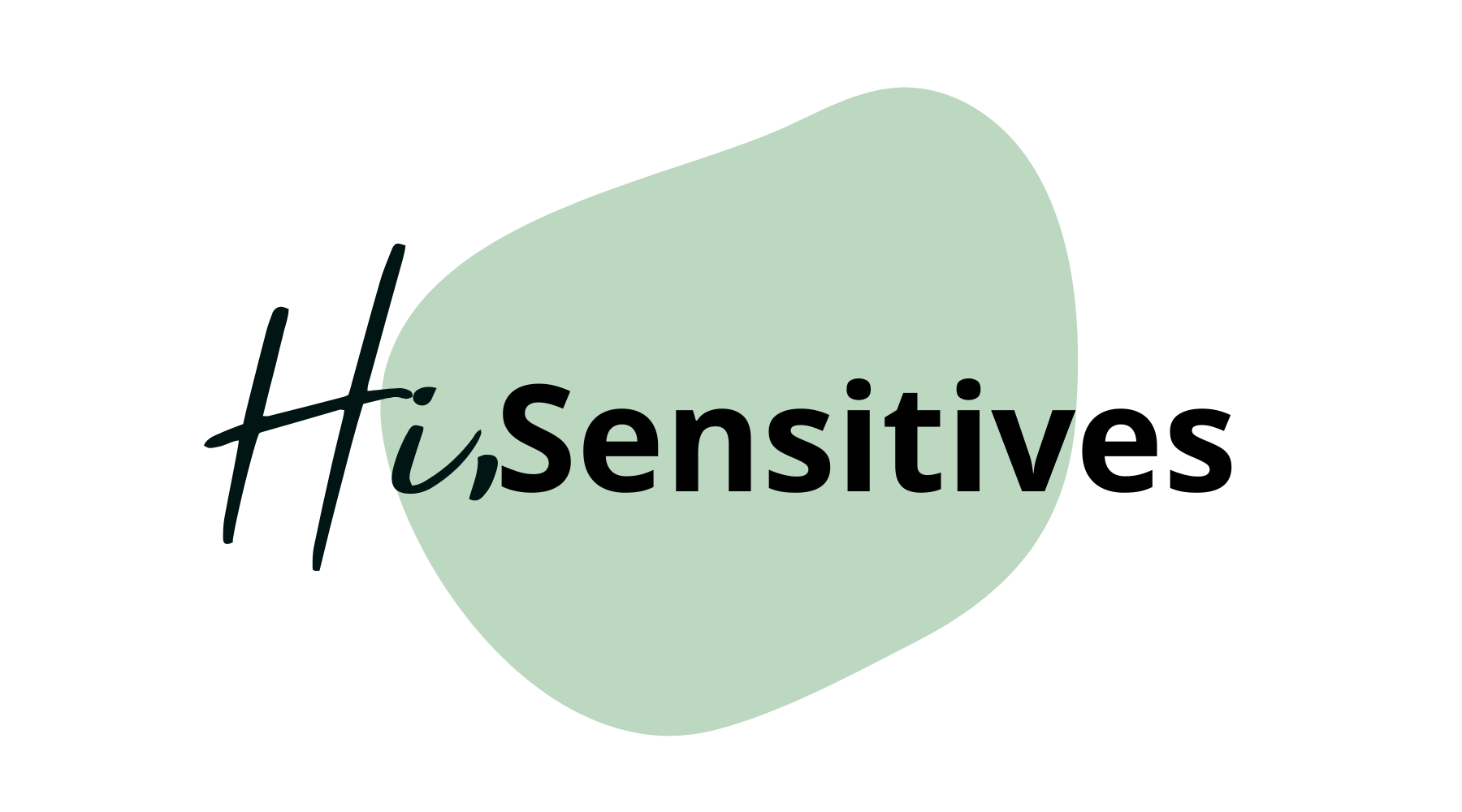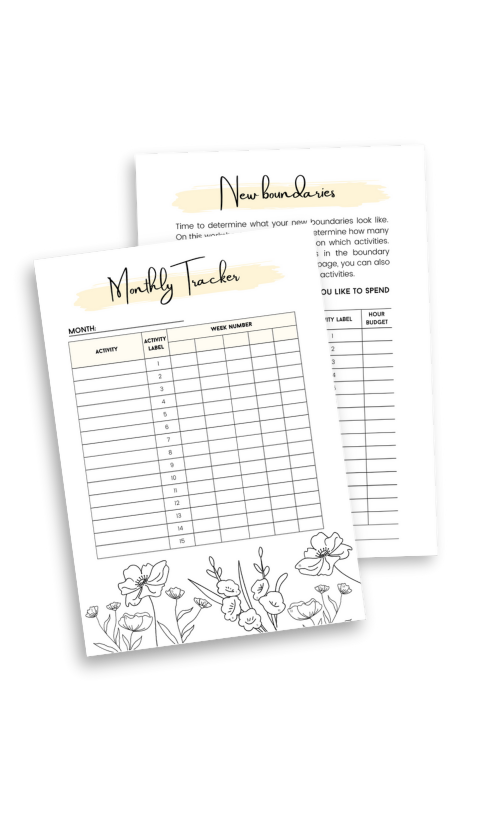Discover why HSPs are prone to energy overload and learn science-backed strategies on how to stop energy absorption as an HSP.
Estimated reading time: 6 minutes
This past weekend felt like a perfect storm for any highly sensitive person. On Friday, we discovered our sweet beagle had been so ill that she’d left over twenty vomit stains across the living room floor and every time I cleaned one up, I felt my heart clench with worry. By Saturday, we were supposed to be tackling our long-planned garden renovation, yet heavy rains turned our project into a muddy slog. That evening, we invited friends over, hoping for a lighthearted reprieve, but even laughter felt heavy as I juggled concern for my dog, disappointment about the weather, and the pressure to being a good host.
Somewhere between the emergency vet visit, soggy soil, and socializing, my chest tightened and my thoughts began to race. I noticed my breath growing shallow, my shoulders creeping toward my ears, and a restless urge to escape. These were classic signs that my nervous system was teetering on the edge of overwhelm. If you’ve ever been there, feeling pulled in a dozen directions, absorbing every worry around you, and wondering why small setbacks feel catastrophic, this post is for you. We’ll explore why HSPs are prone to energy overload, help you recognize your body’s early warning signals, and share five research-informed strategies on how to stop energy absorption before it overwhelms you.
Here’s What You’ll Discover about HSP Energy Overload:
Why HSPs Are Especially Vulnerable to Energy Overload
Highly Sensitive People (HSPs) are gifted with deep processing of sensory and emotional information. In practical terms, this means you might hear the muffled tension in a colleague’s voice across the room, feel the collective agitation of a busy café, or instinctively absorb a friend’s unspoken sadness. Neuroscience confirms that HSPs display heightened activation in brain areas tied to empathy and awareness. While this sensitivity fuels creativity and connection, it also means your internal volume knob is turned up, making everyday experiences potentially overwhelming.
Polyvagal theory further explains that when our autonomic nervous system repeatedly encounters excessive stimulation without relief, it can become stuck in a prolonged stress response, flooding the body with cortisol and adrenaline. Over time, this chronic hyperarousal erodes emotional resilience, disrupts sleep, and even weakens immunity. Recognizing that energy overload is a natural byproduct of sensitivity, not a personal failing, lays the foundation for learning how to stop energy absorption before it accumulates into depletion.

Recognizing the Early HSP Energy Overload Warning Signs
Catching overload early gives you the chance to intervene before reaching crisis point. Look for these subtle signals:
- Physical Indicators
- A sudden spike in heart rate or chest tightness
- Rapid, shallow breathing or a catch in the throat
- Tension knots forming in shoulders, jaw, or belly
- Headache, lightheadedness, or clammy hands
- Emotional & Cognitive Indicators
- Irritability, impatience, or snapping at loved ones
- Racing thoughts, difficulty concentrating, or mental fog
- An urge to flee, hide, or turn off your emotions
- Feeling drained or “on edge” despite minimal exertion
In the weekend I described, my early warning was that tight chest and whirlwind mind the moment I stepped into our muddied garden. Pausing to name these signs, “I’m anxious,” “My shoulders feel heavy”, is your first micro-step toward quick energy reset.
5 Science-Backed Strategies for How to Stop Energy Absorption
Below are five in-depth, research-informed practices to help you deflect, discharge, and reset, so you can stay balanced even in a whirlwind of demands.
1. Ground-Then-Center Duo
Why it works: Skin contact with natural surfaces (earthing) can lower cortisol within minutes. Centering breathwork engages the parasympathetic system, anchoring your energy internally.
How to do it:
- Stand barefoot on grass, soil, or a grounding mat for 60 seconds. Feel the solidity beneath your feet as you inhale for four counts and exhale for six.
- Cup your hands over your solar plexus. Inhale for four counts, feeling expansion in your chest. Exhale for six, visualizing your energy boundary drawing inward around your torso.
- Repeat this cycle three times, noticing a shift from scattered to contained.
2. Sensory Bookmark
Why it works: Brief attentional shifts reduce amygdala activation, easing anxiety.
How to do it:
- Pause wherever you are.
- Name aloud five things you see, four things you hear, three things you feel on your skin, two things you smell, and one thing you taste.
- Notice how this refocuses your mind on the present moment, deflecting extraneous energy.
3. Micro-Movement Reset
Why it works: Short, intentional movements disrupt tension patterns and signal safety to the brain.
How to do it:
- Raise your arms overhead, interlace fingers, and stretch tall, hold for five deep breaths.
- Exhale and twist slowly to the left; inhale back to center. Repeat on the right, three cycles.
- End by shaking out arms and legs for ten seconds, releasing residual tension.
4. Aura Purge Visualization
Why it works: Guided imagery activates body-focused awareness, reinforcing your intention to release stuck energy.
How to do it:
- Close your eyes and envision your aura as a semi-transparent bubble.
- Imagine a beam of golden light pouring into your crown, pushing any dark, stale energy down through your feet into the earth.
- Continue for 60 seconds, feeling lighter and more expansive afterward.
5. Tech-Assisted Breathing
Why it works: Paced breathing improves heart rate variability, a marker of resilience.
How to do it:
- Open a breathing app with a 4:6 inhale-exhale pattern.
- Follow its pulsing circle for two minutes, matching your breath to the visual guide.
- Notice how the external pacing calms your internal rhythm.
Experiencing HSP Energy Overload Regularly? Reflect on these questions:
- Which early warning sign of hsp energy overload resonates most with you?
- Which strategy will you try first to stop energy absorption?
- How can you create a gentle reminder (a sticky note, phone alert) to prompt your 1-Minute Reset?
Ready To Make Good Energy Management an Habit?
Chronic overwhelm doesn’t have to define your sensitive nature. By recognizing why HSPs are prone to energy overload and practicing targeted techniques on how to stop energy absorption, you reclaim your equilibrium and protect your vitality.
Ready to go deeper? Join the HiSensitives Membership to access Julia Harrell’s Energy Management Masterclass, where you’ll dive into powerful grounding, centering, and aura-adjustment exercises tailored for HSPs. Also, you’ll get ongoing support from fellow HSPs, more than 72 worksheets for HSPs, and weekly guided meditations designed just for your sensitive system.
Unlock Julia Harrell’s Energy Management Masterclass in the HiSensitives Membership
In this article, we collaborated with AI, meaning that the input and stories are original human ideas, but the text itself has been created with support from AI. All AI content is being edited and factchecked by our editor.









[…] hit its most chaotic, dustiest phase. At that moment, I realized my nervous system had hit overload: I felt jittery, my shoulders were tense, and I could barely focus on one thing at a […]